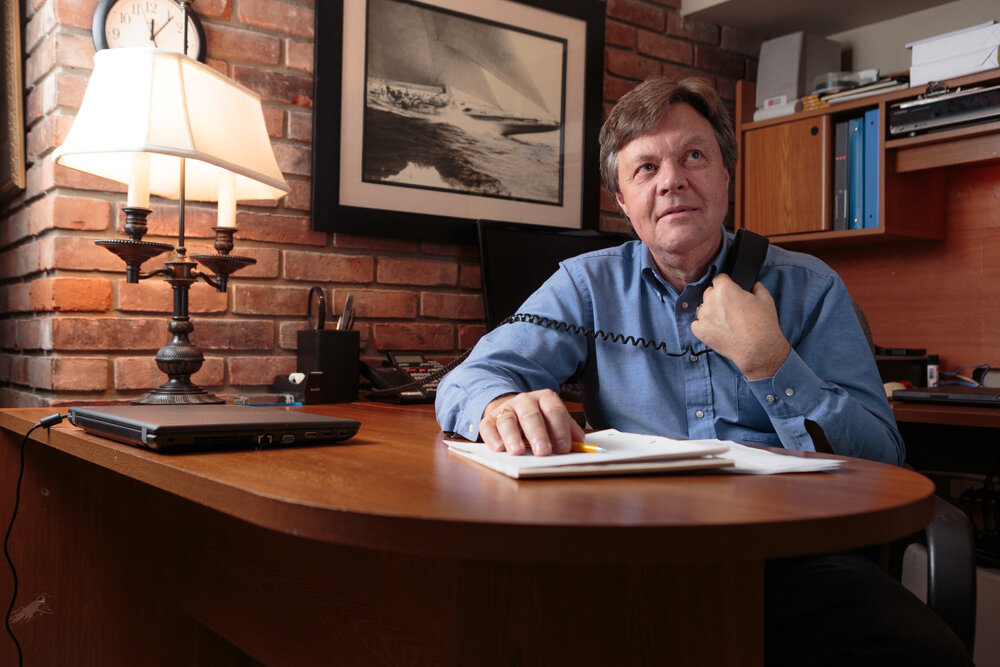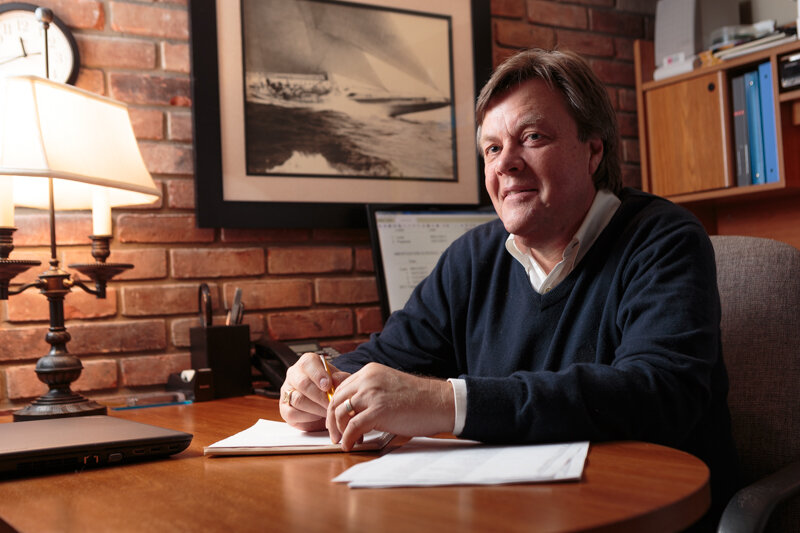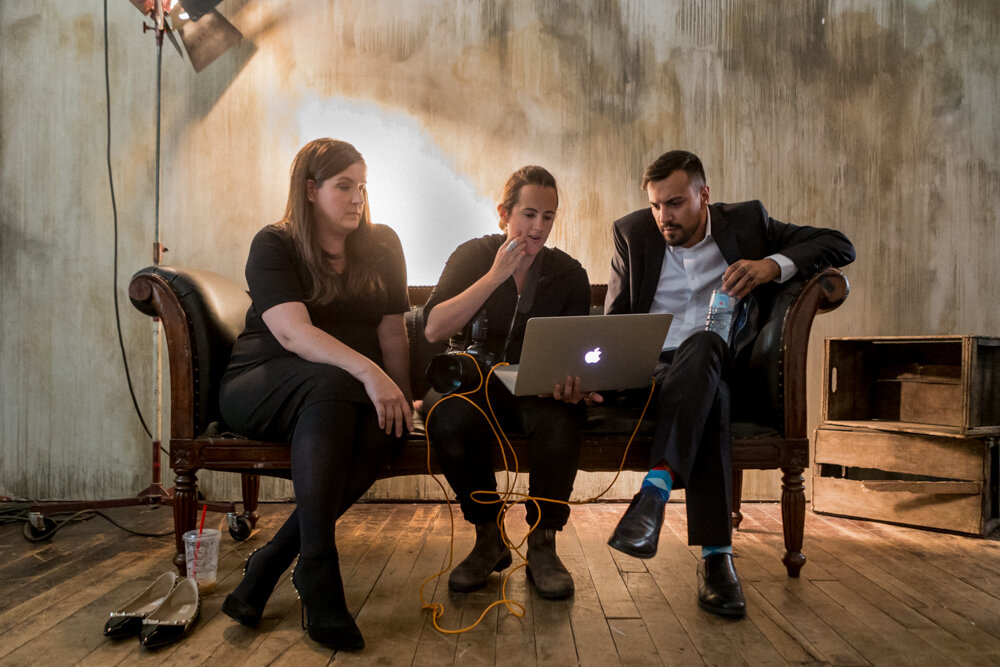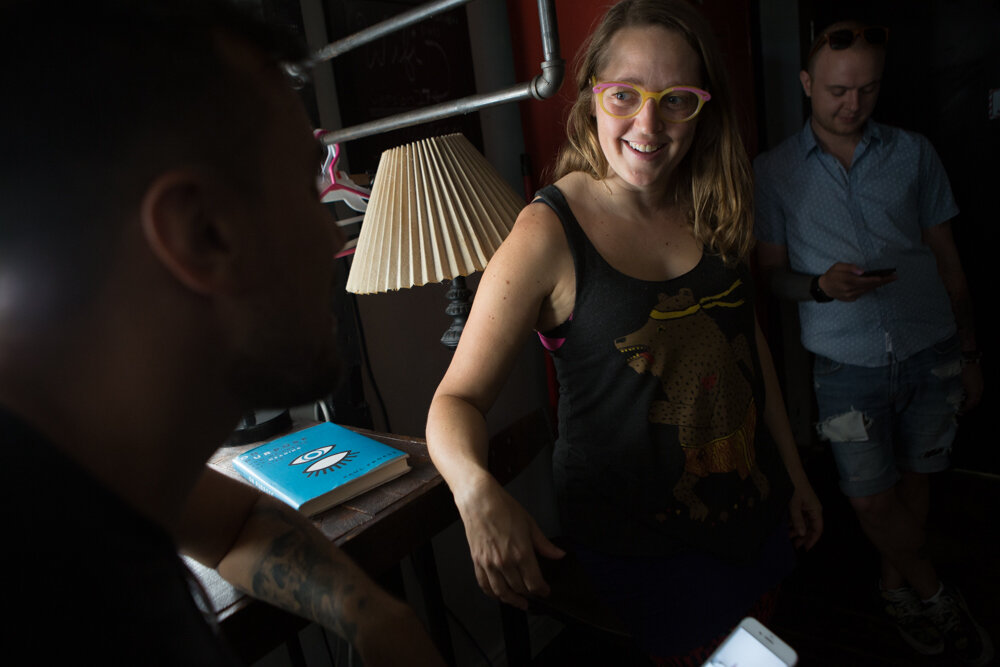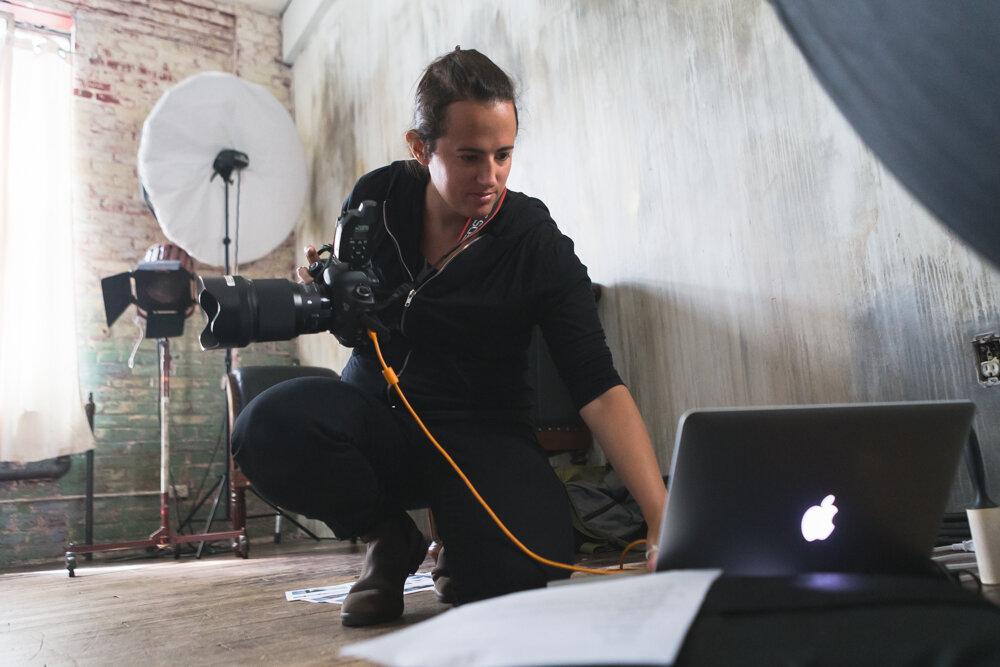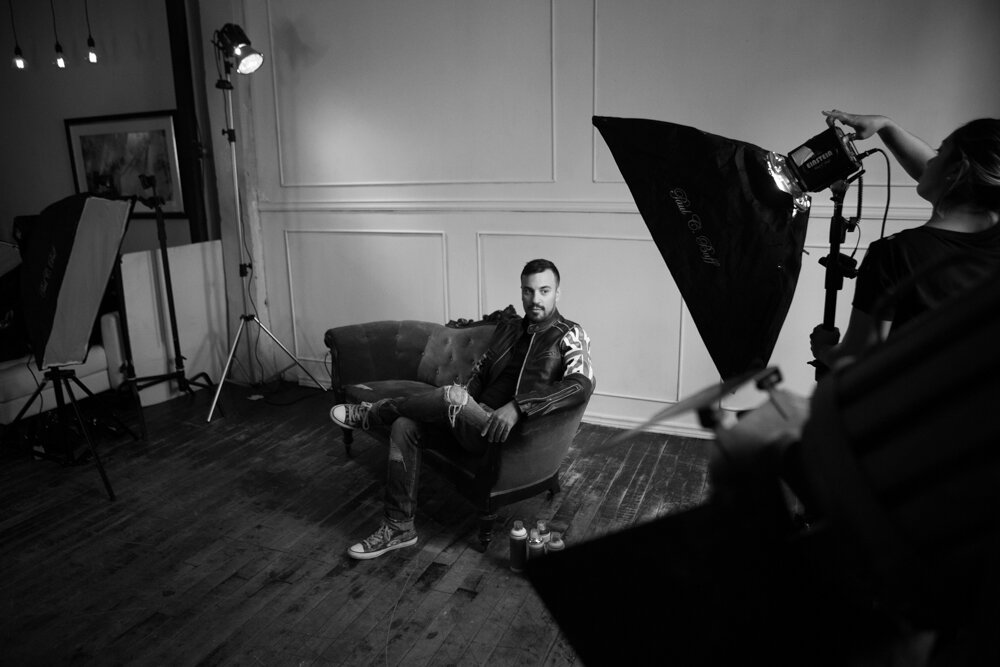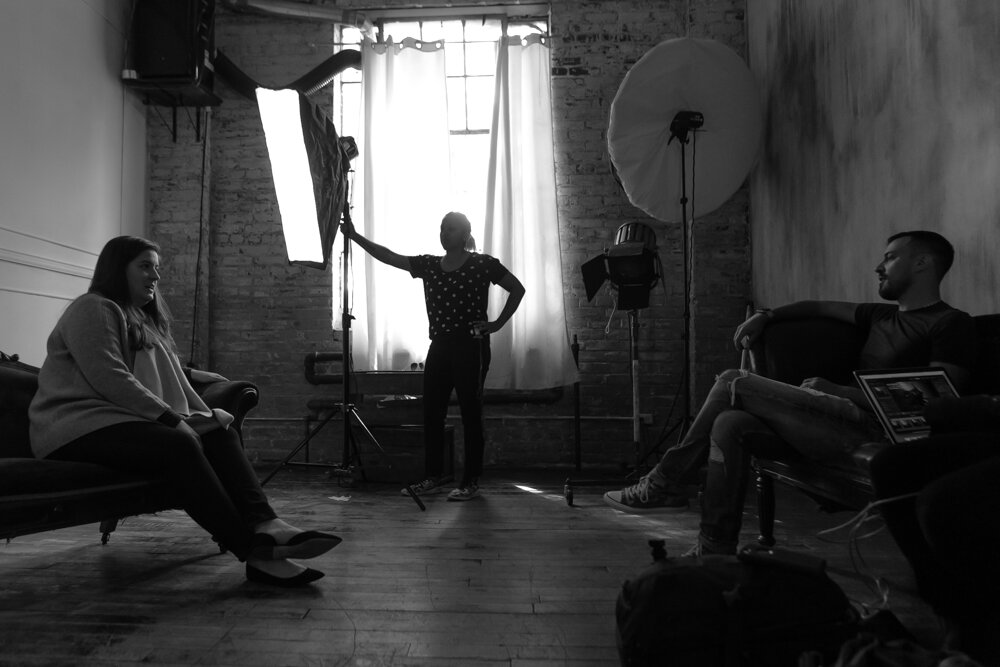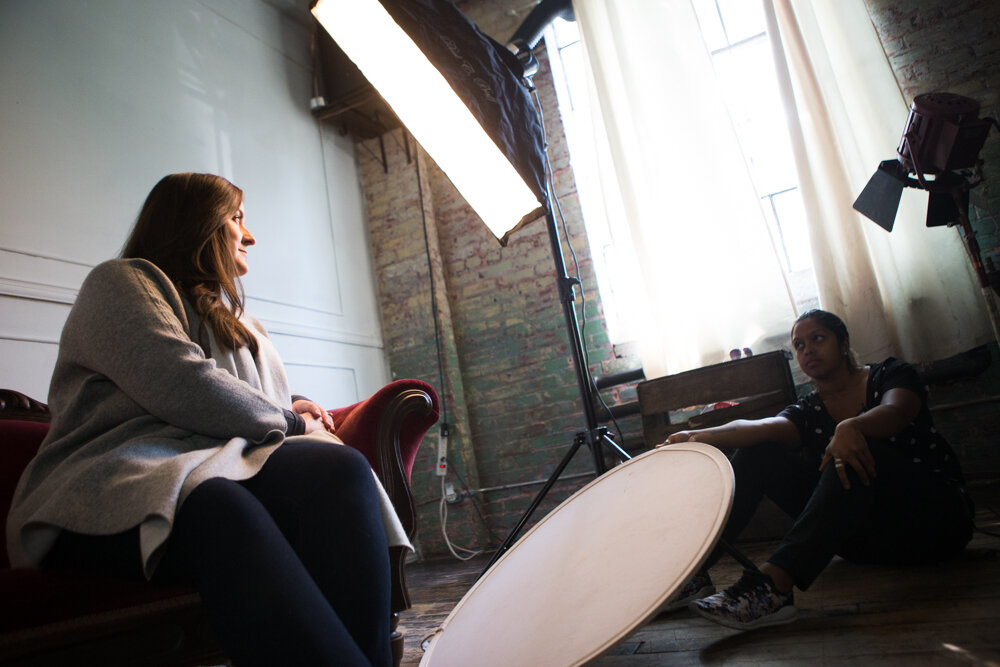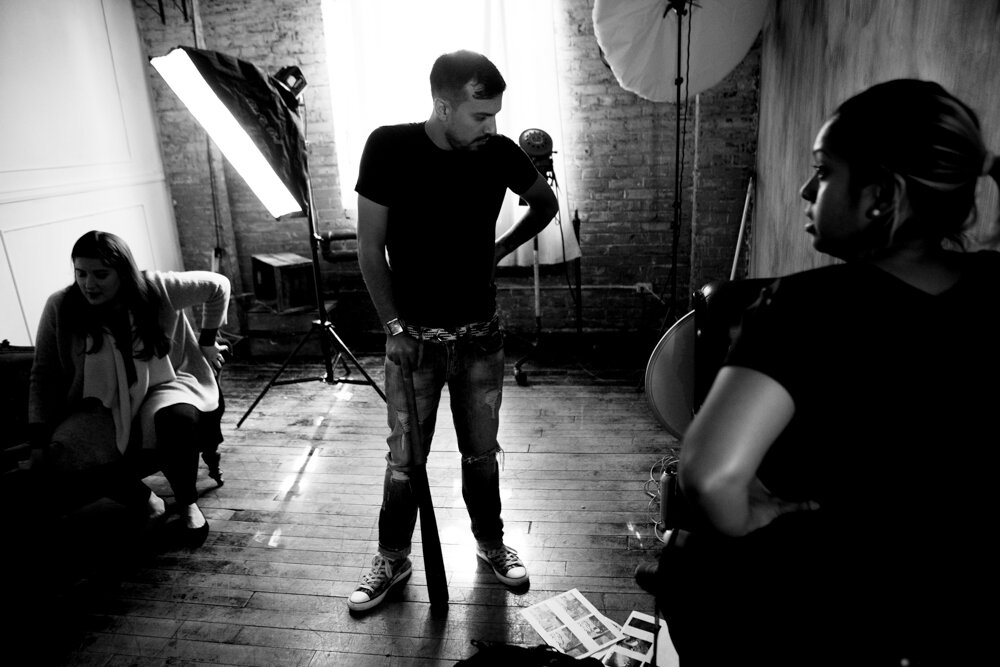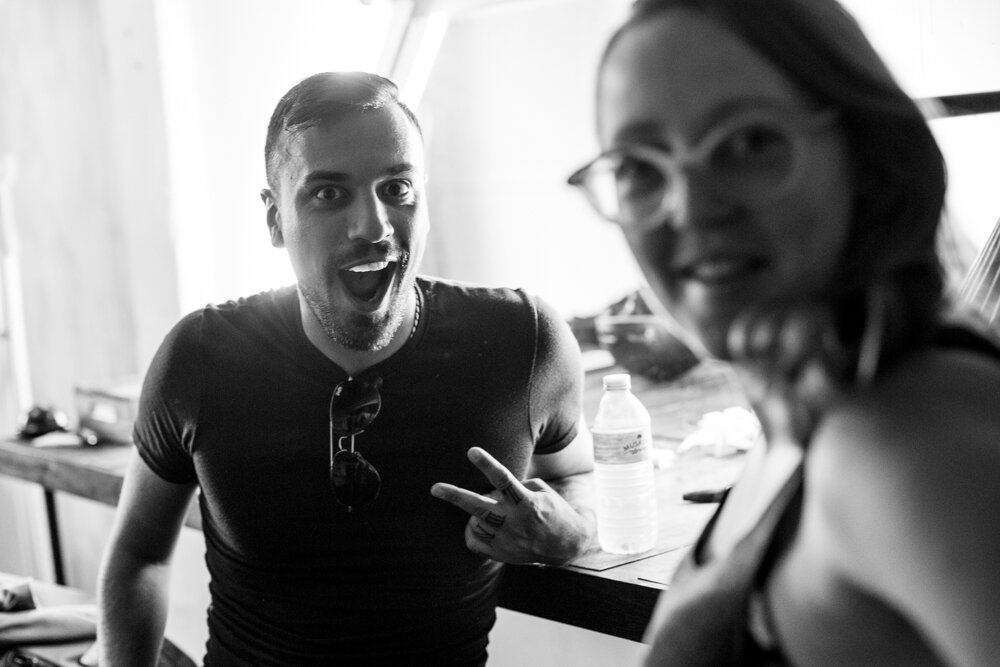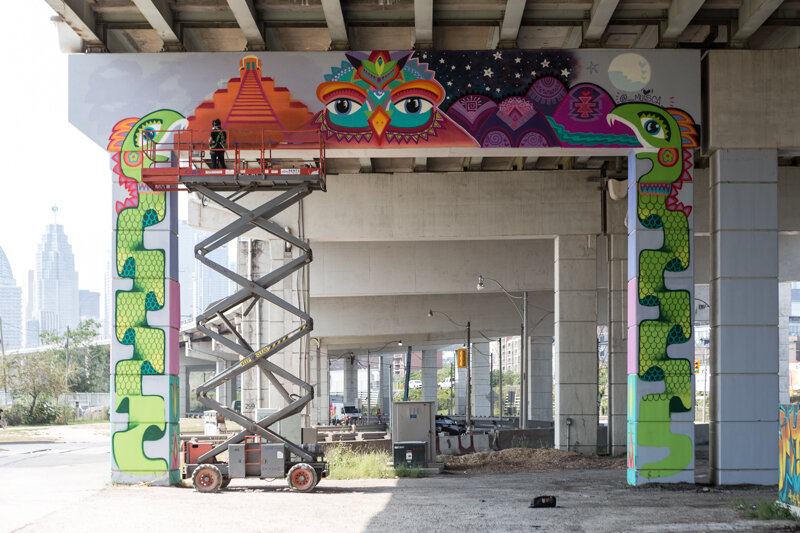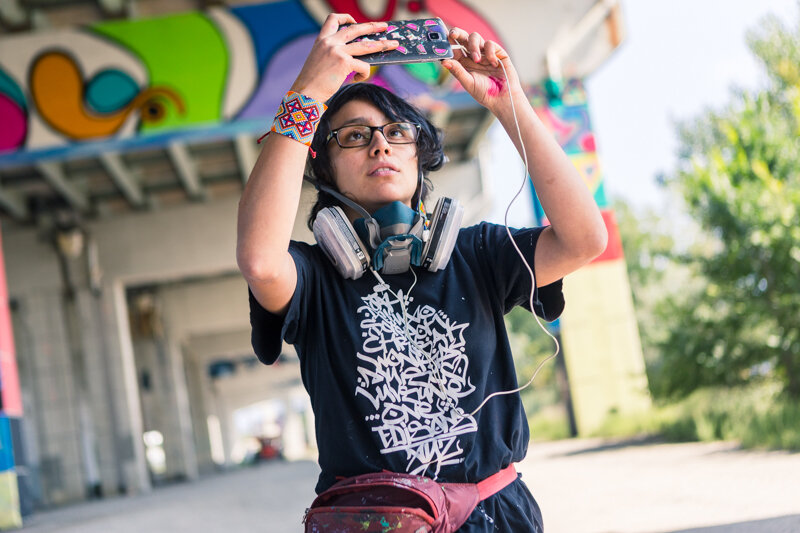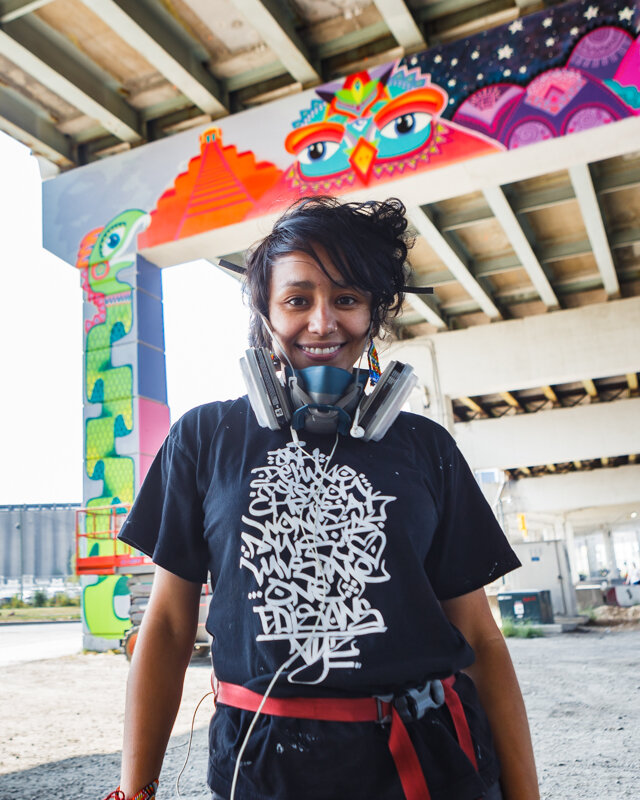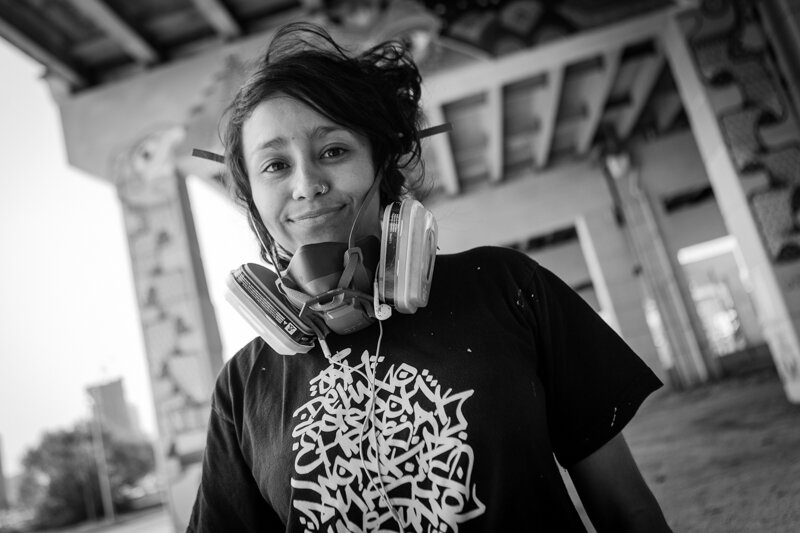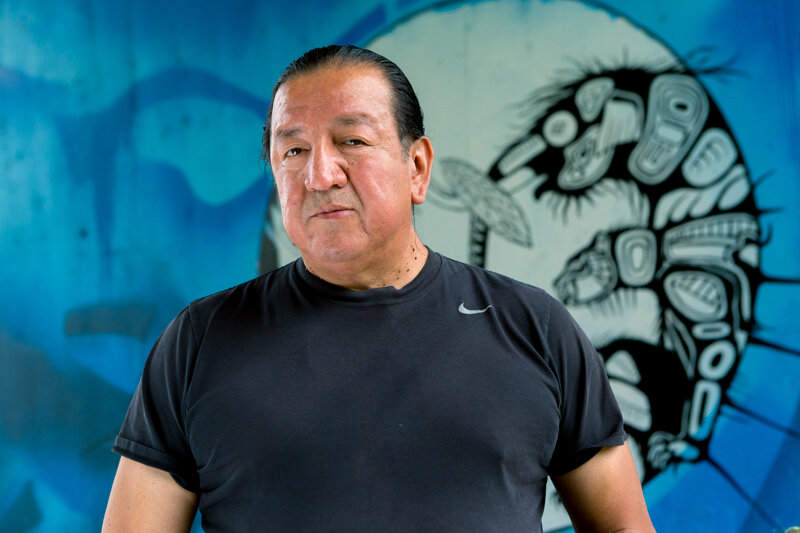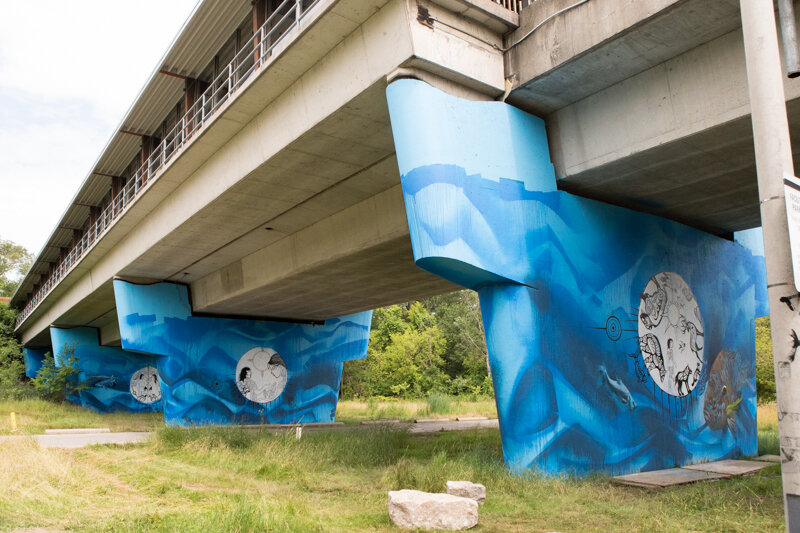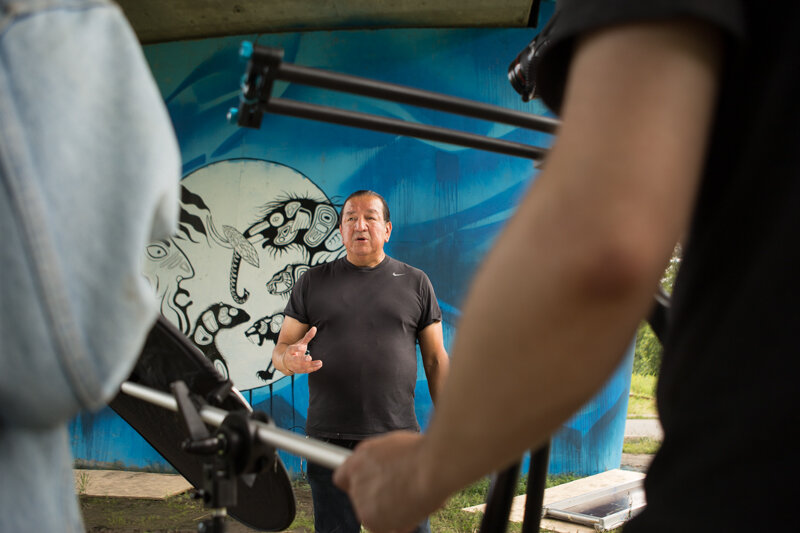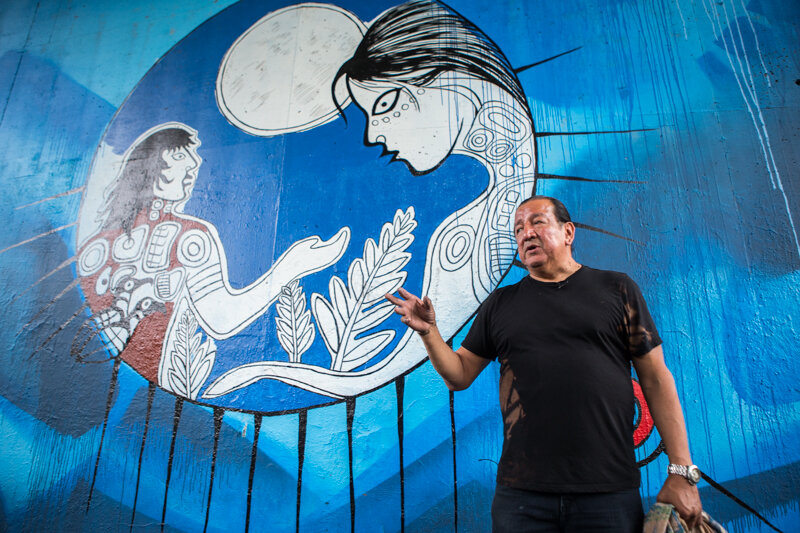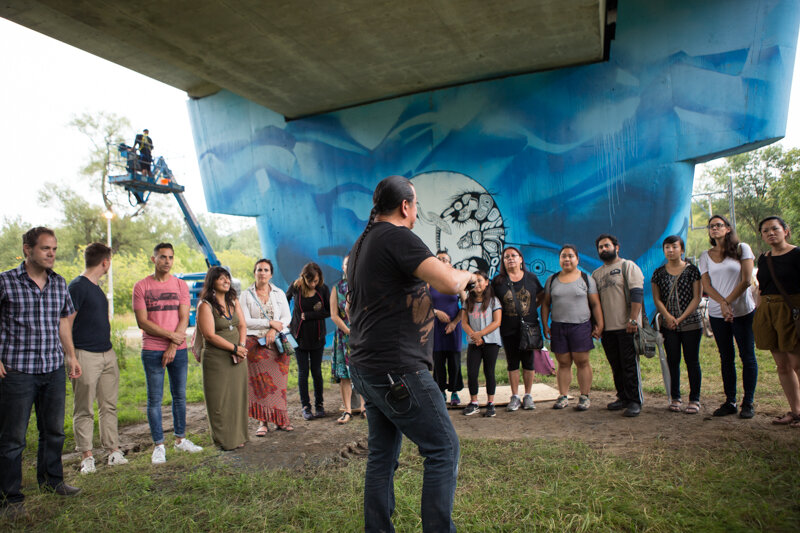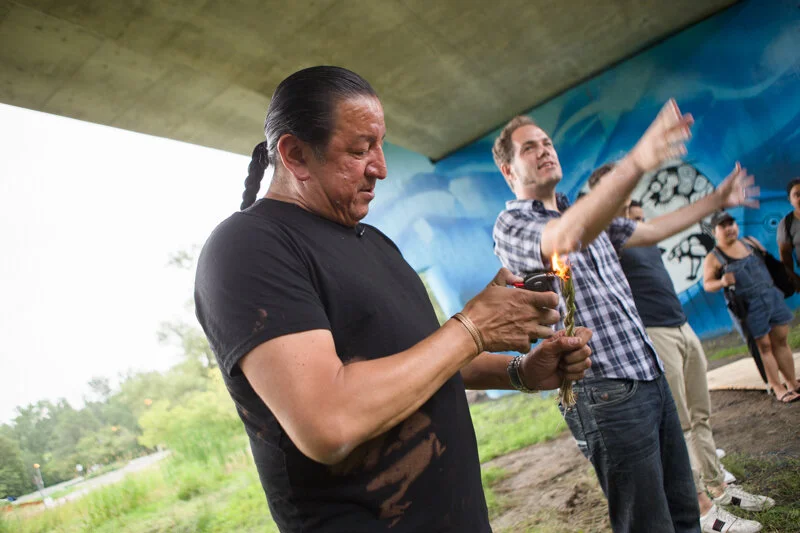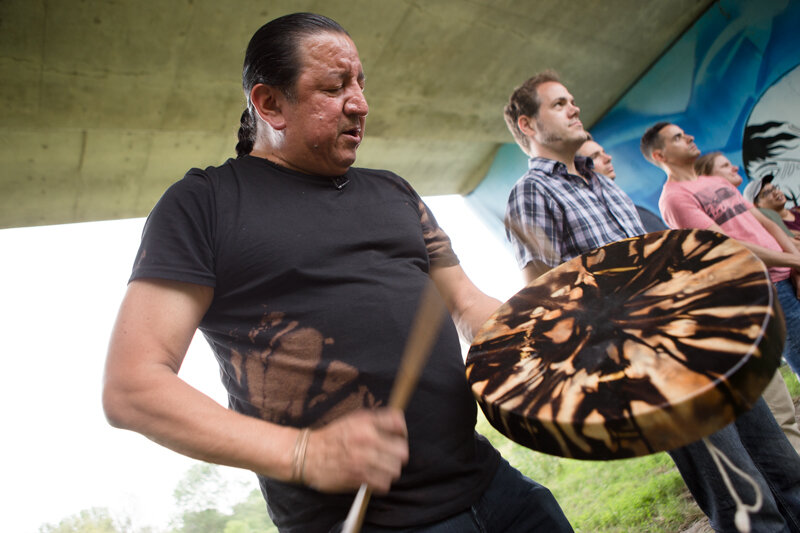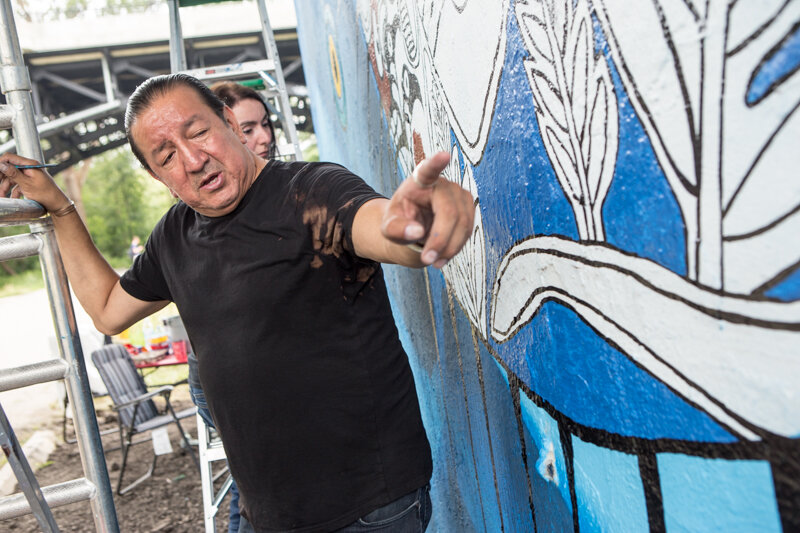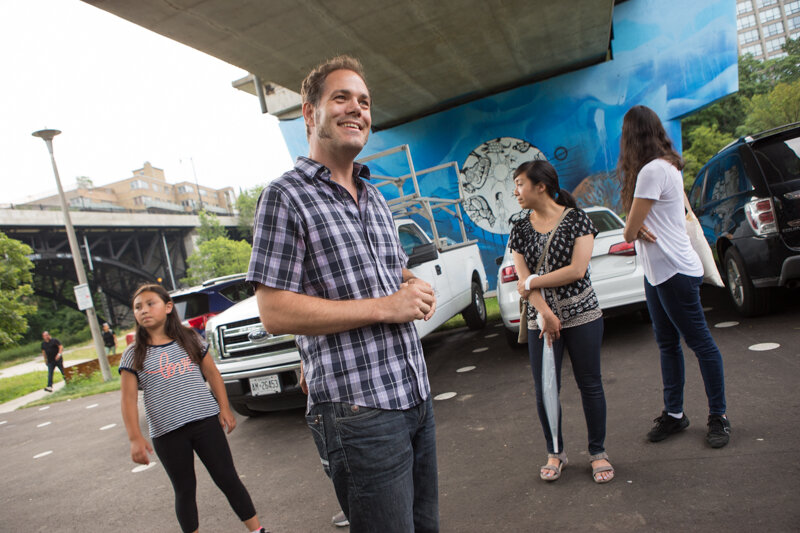Richard Western of mainstream leasing wanted a portrait that showed off his work ethic and home office for his website.
Behind the scene with vaandle Curative & Jackly Natlas
I like shooting BTS stuff, its a different pace then shooting the main product. Big thanks to the VAANDAL team and the very talented photographer Jackly Natlas
Portrait of Daniela Rocha Street artist
On assignment: taken during a collaboration with @panampath and steps initiative from our 2017 for a project called TRANSFORMATIONS CONNECTED
“Always looking to animate unlikely spaces in a meaningful way, this female-led mural series integrates various designs, styles, and shapes featured below the Gardiner at the confluence of the Martin Goodman and Lower Don Trails (Lake Shore Blvd & Cherry).
The project responds to the many evolutions this site has experienced over the years. Originally, a marsh, the Port Lands were used for industrial activities, and later a dump site for old ammunition and construction waste. This dumping resulted in the creation of the Leslie Street Spit, which has been reclaimed over the years by seeds, plant matter, and local fauna—specifically birds—as the result of natural ecological regeneration.
”
Daniela Rocha has been creating #publicart in #Toronto and #Colombia for over three years. Her work is inspired by her #LatinAmerican roots and love for #nature. Her #murals are characterized by #bold #colour, #texture, and references to the natural world.
Daniela Rocha is _muisca_ on instagram
Anishinaabe creation story and Philip Cote.
On assignment - Philip Cote, “Noodjmowin” – Moose Deer Point First Nation Shawnee, Lakota, Potawatomi, Ojibway and Algonquin
Philip Cote is an artist, an educator, a Sundancer, a Pipe Carrier, a Sweat Ceremony leader, and a member of the Eagle Society.
Working on a mural project in collaboration with Kwest & Jarus under Old mill Station,
“Cote’s circular murals depicting the Anishinaabe creation story are a public art commission for the Pan Am Path, the 80-kilometer path that will eventually link walking and cycling paths across the city.
For Cote, the murals are a chance to share Indigenous history and science, informed by a spiritual understanding — typical of Indigenous thought.
”The whole idea of this mural is a small seed that’s going to get planted and it’s going to go somewhere,” said Cote. “It’s the creation story of the Anishinaabe people, so we’re talking about a different way of looking at the world.””
Mapping the 85-kilometre Pan Am Path with Anthony Lue
On assignment _ Anthony Lue is a cyclist and Paralympics hopeful, but this summer he is taking on a new project — biking and mapping the 85-kilometre Pan Am Path.
Read More

